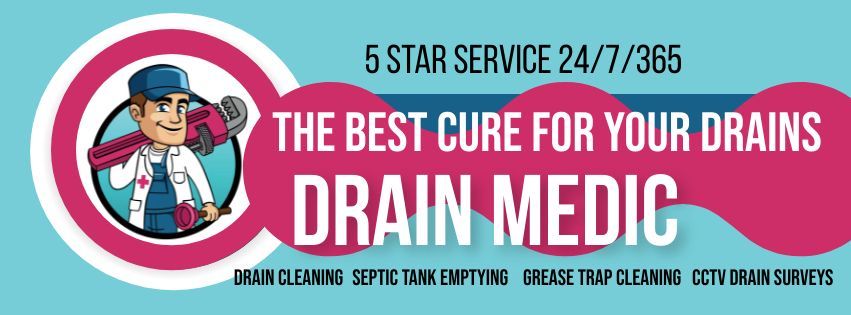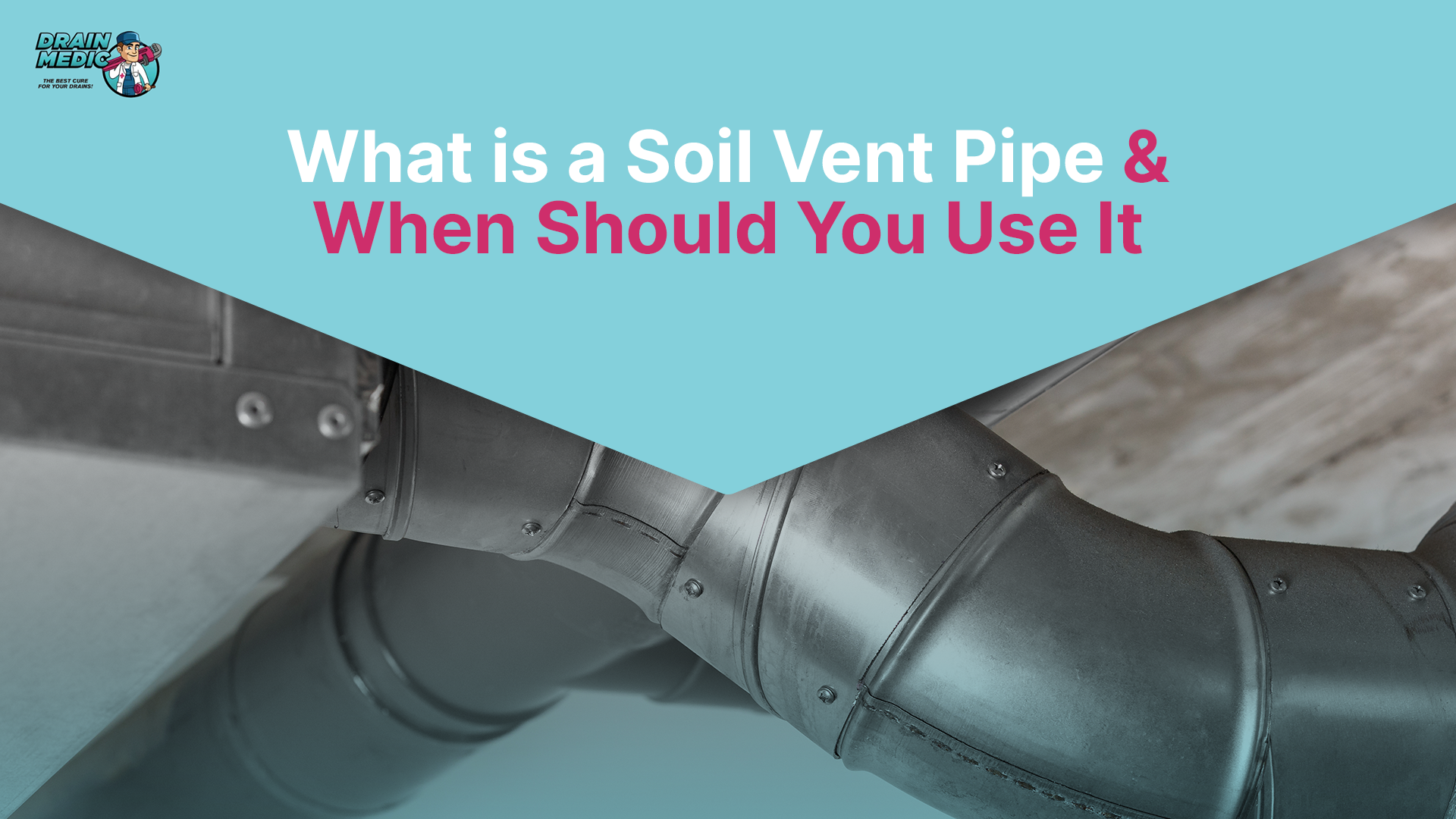What is a Soil Vent Pipe & When Should You Use It


Soil vent pipes (SVP) are crucial components of your property's plumbing system, ensuring the proper functioning of your drainage. This guide explains what soil vent pipes are, their role, and when you might need to consider their installation or maintenance.
What is a Soil Vent Pipe?
A soil vent pipe is an integral part of your home's drainage system. Its primary function is to vent sewer gases outside and to let air into the system to help maintain proper pressure balance. This pipe typically extends above the roof to safely expel gases away from indoor spaces.
The Importance of a Soil Vent Pipe
Soil vent pipes help prevent the buildup of potentially harmful gases such as methane and hydrogen sulphide in your home. These gases can cause unpleasant odours and pose health risks. The pipe also allows air to enter the drainage system, helping to ensure that waste and water move efficiently through the pipes and reducing the occurrence of gurgling sounds from gas traps.
When to Use a Soil Vent Pipe
Here are some scenarios where a soil vent pipe is necessary:
New Building Constructions: It's standard practice to include a soil vent pipe in new building plans to ensure the drainage system functions correctly.
Renovating or Extending Existing Buildings: Changes to your home might require updates to the drainage system, including the soil vent pipe, to handle increased demand.
Troubleshooting Drainage Problems:
Signs like slow draining,
frequent blockages, or persistent bad smells can indicate problems with the soil vent pipe, suggesting it might need inspection or replacement.
Installation and Maintenance
Installing a soil vent pipe requires precise knowledge of plumbing systems and adherence to local building codes. It’s not just about placing a pipe but ensuring it integrates well with your home’s system for safe and effective operation. Regular maintenance, such as checking for blockages and signs of wear, is vital for ongoing functionality.
Addressing Common Problems
Blockages: Natural debris like leaves or bird nests can clog soil vent pipes. Periodic
cleaning and inspections can prevent these issues.
Wear and Tear: As with all plumbing elements, soil vent pipes can degrade over time, potentially leading to cracks or leaks. Regular inspections can detect and address these problems early.
FAQs
DIY Installation: Given the technical requirements and importance of a correct installation, it is advisable to hire professionals for installing a soil vent pipe.
Inspection Frequency: Checking your soil vent pipe annually is recommended, although environmental conditions might warrant more frequent inspections.
Regulatory Requirements: Most building codes mandate a soil vent pipe because of its essential role in a safe and functional drainage system.
Understanding the function and importance of soil vent pipes can enhance your home’s plumbing system’s effectiveness and safety. For professional advice, installation, or maintenance, consider consulting with experts like those at
Drain Medic to ensure your system operates smoothly.
Contact us today for expert solutions and peace of mind regarding your home's plumbing needs.
CONTACT
DRAIN MEDIC TODAY!
SEARCHING FOR:
BLOCKED DRAINS DUBLIN OR BLOCKED TOILET DUBLIN - NO PROBLEM
We would be more than happy to answer any of your questions and help you find the best solution for your home or business.
DIDN'T FIND THE
ANSWER???
Request Callback
We will get back to you as soon as possible.
Please try again later.
OUR SERVICES
Mobile: 085 164 6369
Email: info@drainmedic.ie
Address: 15.1 Crag Terrace
Clondalkin Industrial Estate
Dublin 22
D22 AE03
SIGN UP TO NEWSLETTER
Contact Us
Thank you for your sign-up.
Please try again later
© Copyright 2023 Drain Medic. All Rights Reserved. Privacy Policy. Web Design by KW Solutions


